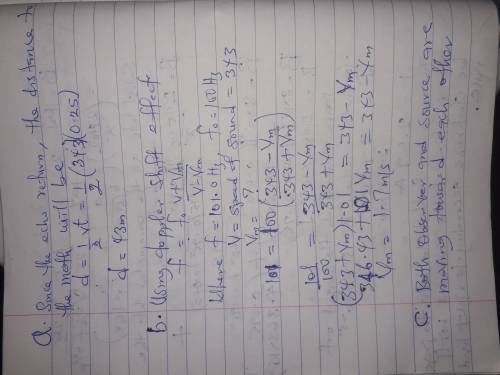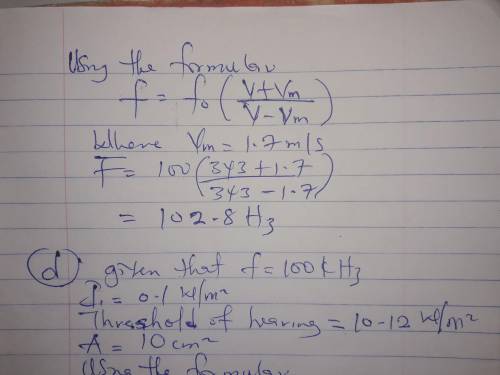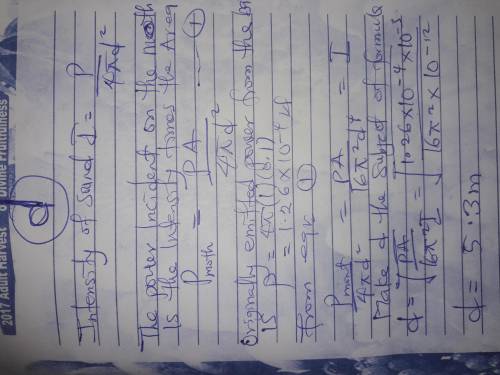
Physics, 06.05.2020 03:21, Drellibus70011
Bats are not blind, but they can hunt in complete darkness, using ultrasonic sound waves to detect both the position and
the motion of their prey. ("Ultrasonic" means at a higher frequency than humans can hear. "Supersonic" means faster than the speed of sound.) High-intensity, high-frequency sound pulses are emitted from their snouts, and they hear echoes from sound waves reflected from the prey. This process is known as echolocation.
a) Suppose the friendly and graceful bat pictured above tries to locate a moth by emitting sound pulses and detecting the echo. The bat sounds are emitted at f0 = 100.0 kHz. If the echo returns a time t = 0.25 s after the bat emits the sound, how far away is the moth?
b) The frequency of the returning echo pulse is 101.0 kHz. What is the speed vm of the moth? Is it moving toward or away from the bat? Note: the echo from the moth is essentially a sound absorption (in which the moth acts as a moving observer) plus an immediate re-emission (in which the moth then acts as a moving source of sound at the same frequency that it just observed).
c) Now the bat itself begins to move toward the moth at a speed of vb = 3 m/s. What is the frequency of the sound pulses as heard by the moth? What is the frequency of the echo pulses received by the bat?
d) Bats require extremely sensitive hearing to detect small prey using echolocation. Suppose the bat emits a 100.0-kHz sound whose intensity is measured 1 cm from the bat’s mouth to be 0.1 W/m2. If the bat’s threshold of hearing is 10–12 W/m2 at this frequency, what is the maximum distance from the bat at which it could detect a moth of area 10 cm2? You can assume that the bat emits sound isotropically (i. e., uniformly in all directions) with power P, that 100% of the intensity is reflected, and that the reflected sound is emitted isotropically from the moth.

Answers: 3
Other questions on the subject: Physics

Physics, 21.06.2019 20:00, izabellehannah7165
Spend time observing or thinking about events that involve matter and energy. which events can you explain? which events can’t you explain?
Answers: 1

Physics, 21.06.2019 22:30, tvrgrvJfbhh3881
Astudent is given an assignment to demonstrate diffraction. he takes a photograph of a straw in a glass of water. the straw appears bent at the water level. which best describes this example? a) this is a good example of diffraction. b) this is an example of dispersion and not diffraction. c) this is an example of refraction and not diffraction. d) this is an example of reflection and not diffraction.
Answers: 3

Physics, 22.06.2019 17:30, Mariaisagon8446
Heterogeneous mixture with larger particles that never settle is
Answers: 2

Physics, 22.06.2019 20:30, adrianayepez8
Four identical lab carts each have a mass of 200 kg. different masses are added to the carts and the velocities are measured. all carts move to the right.
Answers: 3
Do you know the correct answer?
Bats are not blind, but they can hunt in complete darkness, using ultrasonic sound waves to detect b...
Questions in other subjects:


History, 25.05.2021 15:50

Social Studies, 25.05.2021 15:50




Physics, 25.05.2021 15:50

Mathematics, 25.05.2021 15:50

Mathematics, 25.05.2021 15:50









